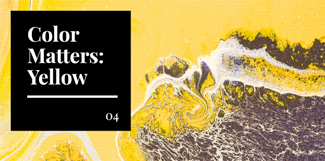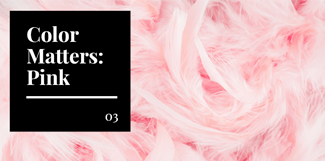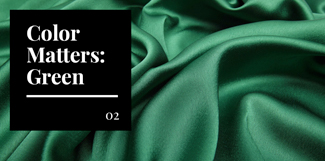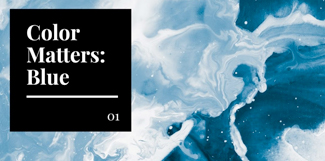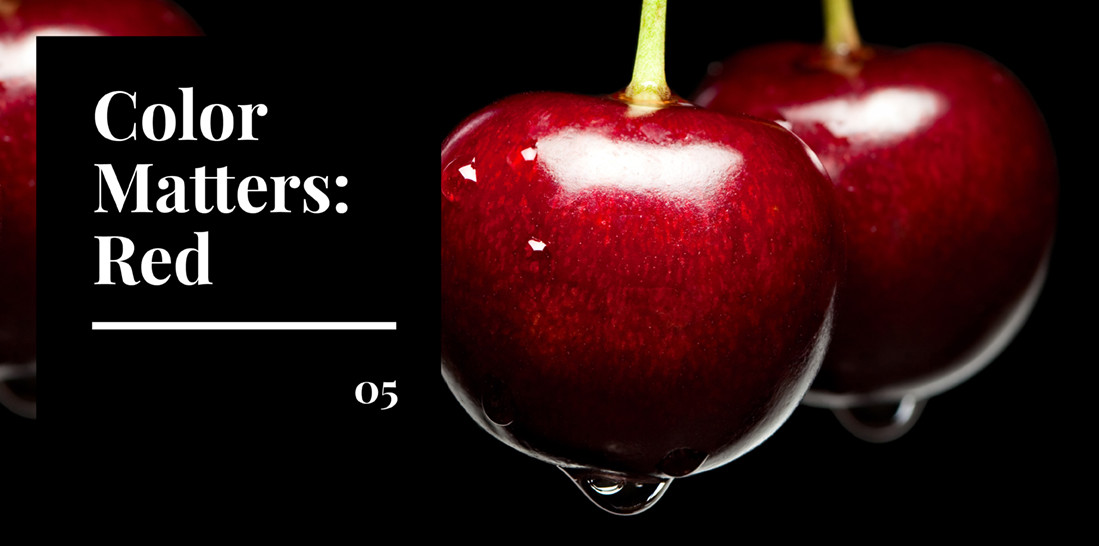
Dorothy’s ruby slippers have returned home 13 years after they were stolen from the Judy Garland Museum in Grand Rapids, Minnesota. The sequined shoes, made famous in the 1939 classic The Wizard of Oz, are one of only four pairs in existence. So precious were the slippers that the FBI’s art crimes unit was called in to recover them via a sting.
The famous ruby slippers, symbols of home and hope that pranced through many a child’s dreams, were originally silver in Frank L. Baum’s novel. Dorothy’s shoes were changed to ruby red for the silver screen, where they captured the public’s hearts.
The iconic red shoes now symbolize goodness and innocence for millions of people around the world. But would silver slippers have done the same?
Red in History
Red is the color most closely linked with the human experience. All of the blood flowing through our veins is the same deep crimson hue. Red is associated with both life and death, and the things that make us human: blood, sex, power, prestige, danger, celebrations.
The color of life, red is tied to birth. Creation stories from countless cultures tell of the first beings shaped from red clay. Adam, the first man according to many religions, means “red” in Hebrew.
Brides in China traditionally wear red, as it’s thought to bring luck to the happy couple. A costly symbol of prestige, red dye has historically been reserved for the wealthy and powerful—those successful in life. Incan rulers adorned themselves with clothes dyed red, and in ancient Rome a flash of scarlet cloak distinguished high-ranking soldiers from the masses. The British Redcoats borrowed this idea and flaunted the wealth of their empire with scarlet uniforms. Even the Pope, one of the most powerful men in the world, wears specially dyed scarlet shoes.
But death lays a claim to red, too. Red dyed linen was found in the earliest Egyptian burial sites, and in China red and black items accompanied people to the afterlife.
Red and Science
Why does red make such a statement? When humans see red, our physical reactions become faster and more forceful, which is why stop signs, fire extinguishers, and emergency vehicles are usually red. Experiments conducted during the 2004 Olympics proved a correlation between wearing red and winning, reports Scientific American.
However, red’s power is not just limited to athletic prowess. Men and women are both rated as being more attractive when wearing red compared to other shades, reports the BBC. Even from black and white photos, participants wearing red were rated as more attractive.
Red stimulates appetites of many kinds, including hunger. Red is often thought to make people hungry, especially when paired with yellow.
Red in Popular Culture
Vibrant, powerful, intense—red is the most patriotic color, used in 31% of the world’s flags. Just 10 shades of red are used in all of the world’s 196 flags, according to Time Magazine, yet they somehow impart each flag with a unique sense of national identity.
Red is associated with many seasons, from summer’s strawberries and raspberries and spring’s brightly colored tulips and poppies to fall’s crimson foliage and winter’s red-plumed cardinals. Holidays and celebrations, too, lay claim to red as a signature color: Christmas, the Fourth of July, Valentine’s Day, and the Chinese New Year.
Red plays a central role in many of our most famous myths and stories. Popular fairy-tales such as Little Red Riding Hood, Snow-White and Rose-Red, and Hans Christian Andersen's The Red Shoes feature the scarlet shade, and many caped heroes of comics and cinema are clothed in red.
Though linked to both sex and romance, red lends very different connotations to each. The Red Light District and the Scarlet Letter are synonymous with promiscuity, while red roses and Valentine’s Day are associated with passionate, yet wholesome, love.
Red in Nature
“Nature, red in tooth and claw…” proclaims Tennyson’s famous poem. Red is closely associated with blood—danger and violence—in the natural world.
In nature, red holds a strange allure; the scarlet hues of many plants and animals provide warning cues of danger to predators. Poisonous berries are often crimson, and non-venomous king snakes mimic the far more dangerous coral snake’s red bands.
Yet, red has more innocuous meanings in nature. Russet apples and crimson foliage herald the changing of the seasons, and many flowers bloom red with no ill will intended. The flashy plumage of male cardinals attracts a mate, while the coats of red foxes and squirrels serve as camouflage. And, gemstones like rubies and garnets are prized for their bold hues.
Red in Branding
29 percent of the top 100 brands (based on brand value) use red in their logo, reports Black Bear Design. Brands in nearly every industry have adapted red as a striking signature color.
Red makes a statement in the fashion world in both luxury brands such as Christian Louboutin’s trademark red-soled shoes and in household staples such as Levi’s down-to-earth denim. In the technology and entertainment sector, red’s vibrant energy holds court in brands such as Netflix, YouTube, and AMC Theatres.
Retail giant Target has trademarked its spot-on shade of red, and healthcare and charity organizations like The Salvation Army and The American Red Cross also pack a punch with red. Red takes a bite out of the food and beverage market, showing up on big-name brands like Coca-Cola, McDonalds, and Heinz.
In the automotive industry, luxury brands like Ferrari embraced rosso corsa, racing red, while the red Ford farm truck became a nostalgic symbol of Americana.
Red and Black in Branding
When paired with black, red takes on a different life. Blacks and grays can offer balance and stability to a fiery red, without diluting its impact. Deep reds like burgundy or currant paired with black connote seduction or opulence.
Red Paired with White in Branding
By contrast, red and white together evoke innocence, harkening to the playfulness of red without any of the sensuality: think gingham, Santa Claus, or classic Coke bottles. Red and white make a clean, powerful statement.
Is Red Right for You?
By itself, red is strong, bold, and energetic. In its purest shades, red is youthful without being frivolous, and full of action and confidence. Deeper wines and clarets convey sensual luxury and are perfect for jewelry, fashion, and beauty products. Cherry red is associated with freshness and vitality, which is ideal for food packaging and restaurant branding. Powerful crimson or wholesome brick red are both ideal for automotive or construction industries.
Both classic and modern, red is a timeless choice for any brand. Red resonates with us in a way that few other colors do. After all, it’s ruby slippers that reassure us there’s no place like home.
Explore our work with red in branding for clients such as FIDELITONE, Bulk Equipment Corp., and others on our Logos & Marks page.
View the full Color Matters series:
